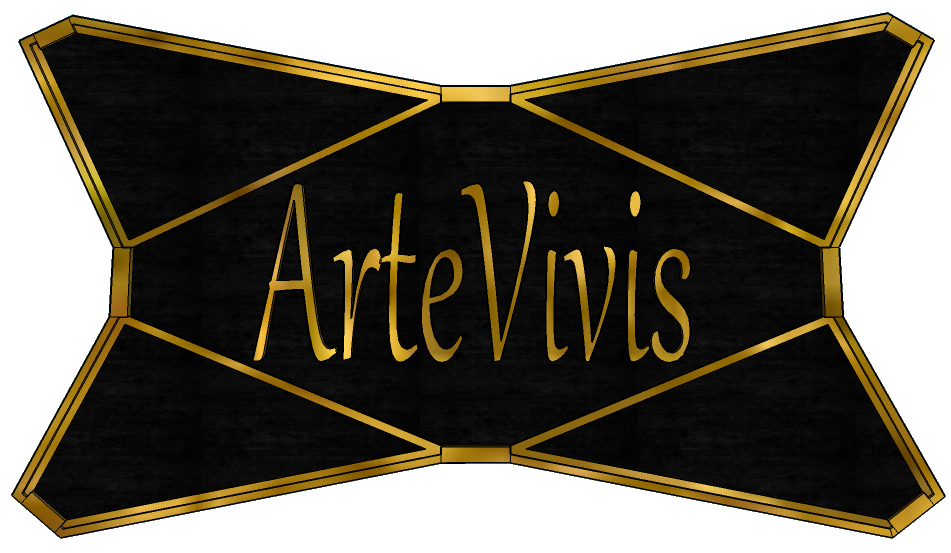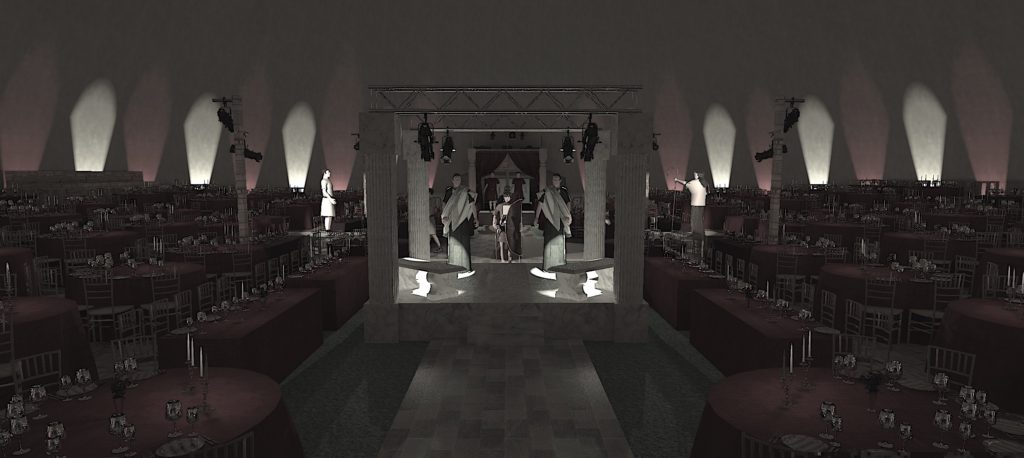TECHNOLOGY DEFINITION
The term “Technology” started its prominence in the 20th century connected with the Second Industrial Revolution. The word shaped its meaning in the early 20th century when American social scientists translated ideas from the German concept of Technik into “technology.”
We apply the technology to fortify the storyline theme perception for the theatrical scene and the DJ Live performance recreating a surrounding Set Design, using Projection-Mapping technology.
WHAT IS PROJECTION MAPPING?
- In 1969
The term “Projection Mapping’ is a technique that refers to the Augmented Spatial reality since the late 60s, and one of the first public displays of 3D objects started in Disneyland, featuring singing busts.
- In 1980
The artist Michael Naimark used to film people interacting with objects in a living room and then creating illusions as if they were interacting with the items.
- In 1984
An original Broadway production called Sunday in the Park With George was the first use of Projection mapping in a musical or play.
The film’s images were digitally pre-distorted onto the sphere from the Booth theater’s high projection angle. - In late 1990
it was the first time the North Carolina University investigated academically in Projection Mapping technology.
PROJECTION MAPPING ARCHEOLOGICAL USE
Thanks to archaeologists’ work, we have a pretty clear idea of what much of the ancient world looked like. The Temple of Dendur, in Ancient Egypt with its beige weather-worn sandstone, could fit in naturally with the earth tones of Aida or The Mummy.
However, Egyptologists knew that this Temple was painted with vivid colours and patterns like many ancient worlds.
The Temple on the Nile banks endured century after century of flooding, which washed away the images’ surface.
But after some serious historical research, The Met team has come up with a pretty plausible idea of what the scene initially looked like in full colour 2,000 years ago.
They used a much more advanced digital projection mapping technology to restore the original Temple’s colours with light.
PROJECTION MAPPING OPTIONS

RECTILINEAR PROJECTION
The rectilinear projection takes photos of only a portion of a sphere and projects on a flat surface.
It is designed for partial panoramas and mosaic pictures.

CYLINDRICAL PROJECTION
It is typically a single row (sometimes two rows) of images. The projection is for cylindrical panoramas and some more massive partial sights distorted in a rectilinear projection. It projects the idea of the sphere on a flat surface.

MERCATOR PROJECTION
This projection can be seen as a derivative of the equirectangular point without distortion at the zenith and nadir. The world maps are in this projection. It can be helpful to print a spherical panorama image for a website, but it should not create interactive panoramas.

CUBIC PROJECTION
This projection is used as a breakdown of an equirectangular image. The principle is that the whole sphere is distributed into a cube’s six faces – front, right, back, left, zenith, and nadir, and each of the 6 square images has a rectilinear projection. It is not always easy to edit the warped pictures, and it is impossible to edit the completely distorted zenith and nadir. By breaking down this distorted image into six flat photos, it is possible to edit them easily.

SPHERICAL/EQUIRECTANGULAR PROJECTION
This method is used to project the whole sphere on a flat surface. The width is exactly twice the height. It is logical since it covers 360 degrees horizontally and 180° vertically. In this projection, the top and bottom of the image appear very distorted, and this is perfectly normal to be used as a source for a whole spherical panorama.

SET DESIGN AS A PANORAMIC PROJECTION
We need to provide a surrounding set design to build the highest atmosphere level. It should be dynamic and entirely faithful to the theme reconstruction for any single scene. It means that detailed research must recreate the closest authentic historical environment. Projection-Mapping is not used frequently because of the high cost involved and the large space requirement. However, other technologies are improving as the 7D Hologram.
This Blog aims to promote our Immersive Historical Experiences.
All its categories are part of its structure, providing info for any elements involved. Please consider subscribing to receive updates, promotions, and discounts when represented in your area.
![]()



